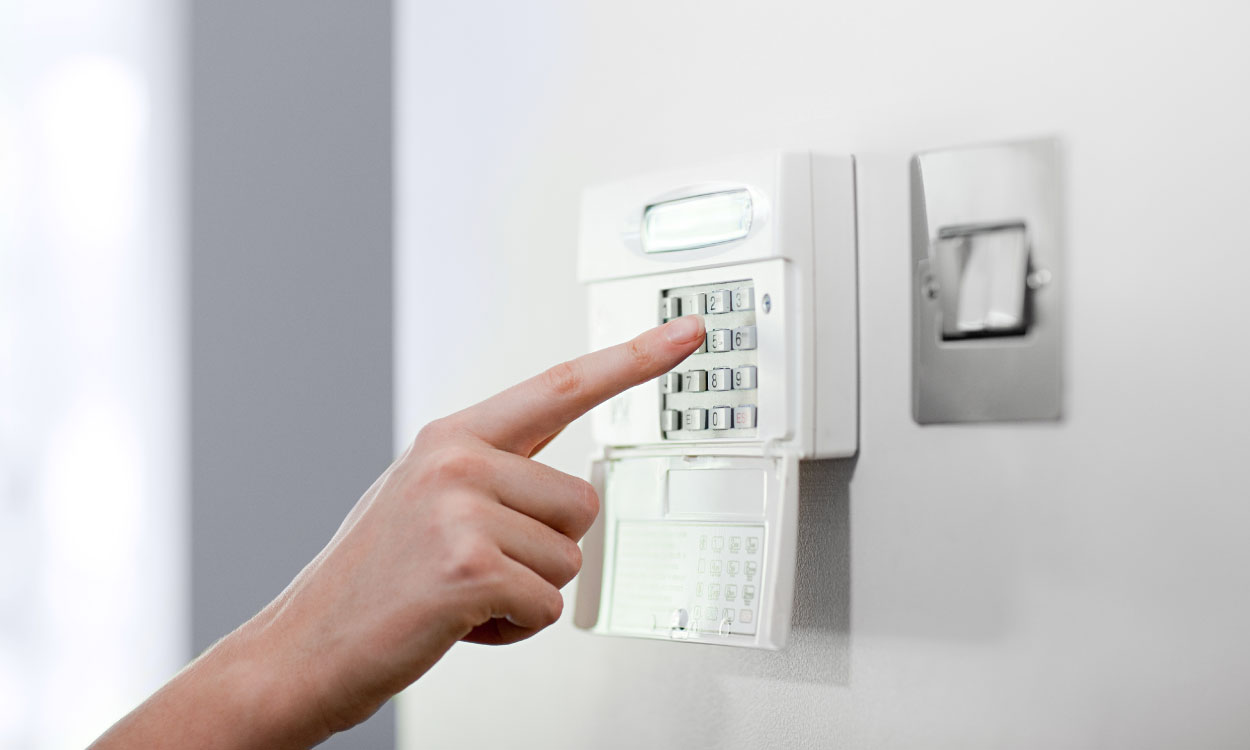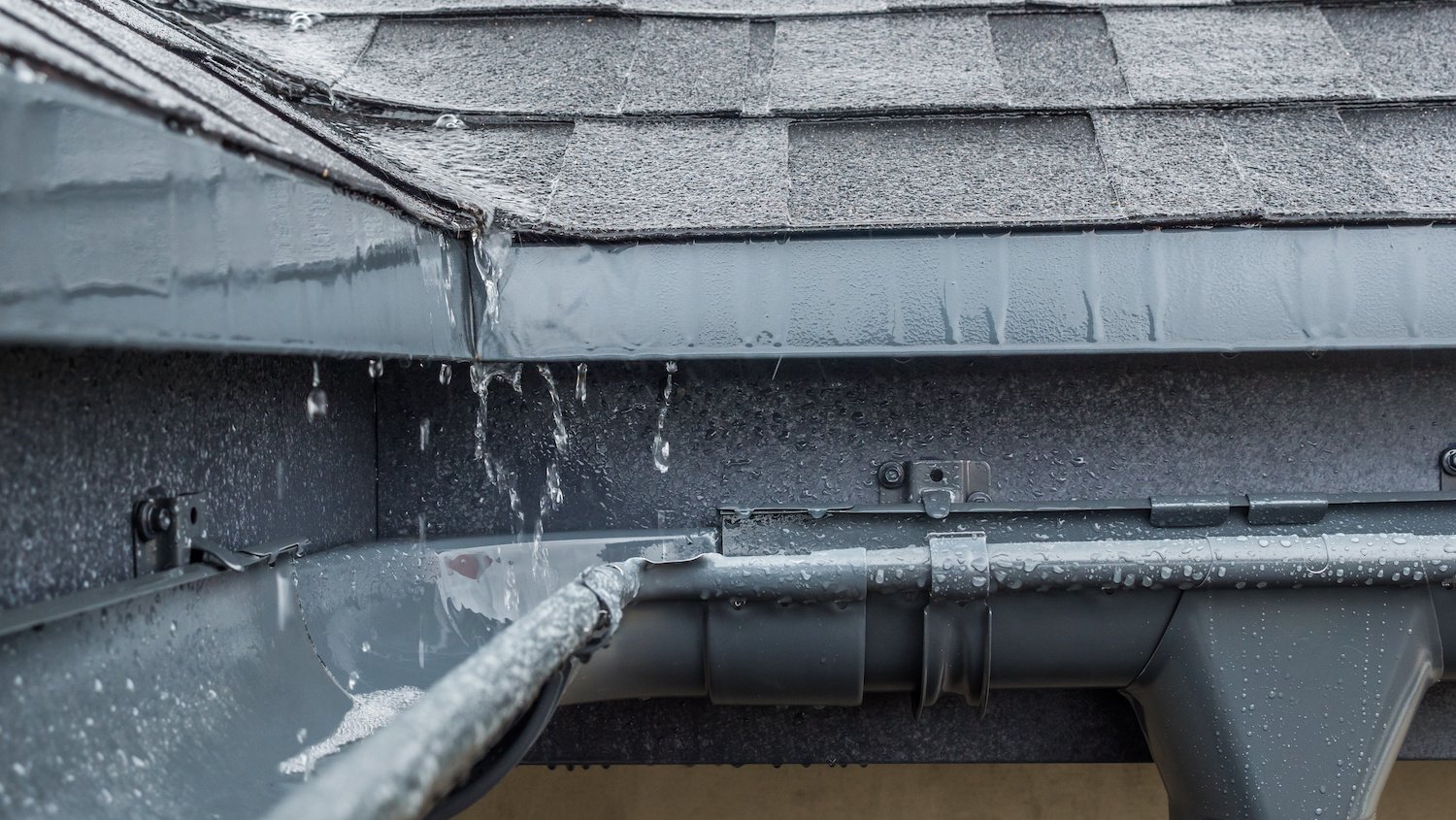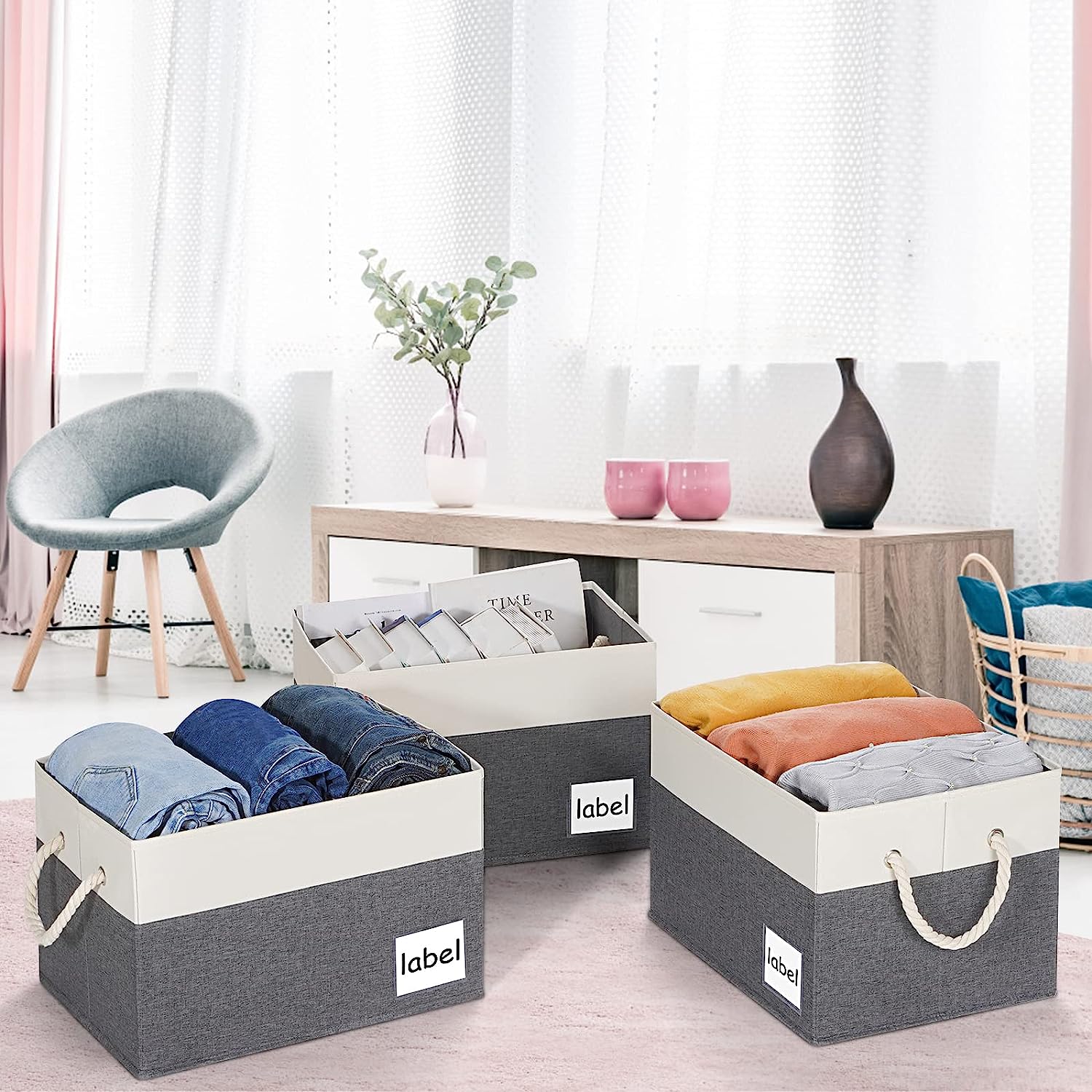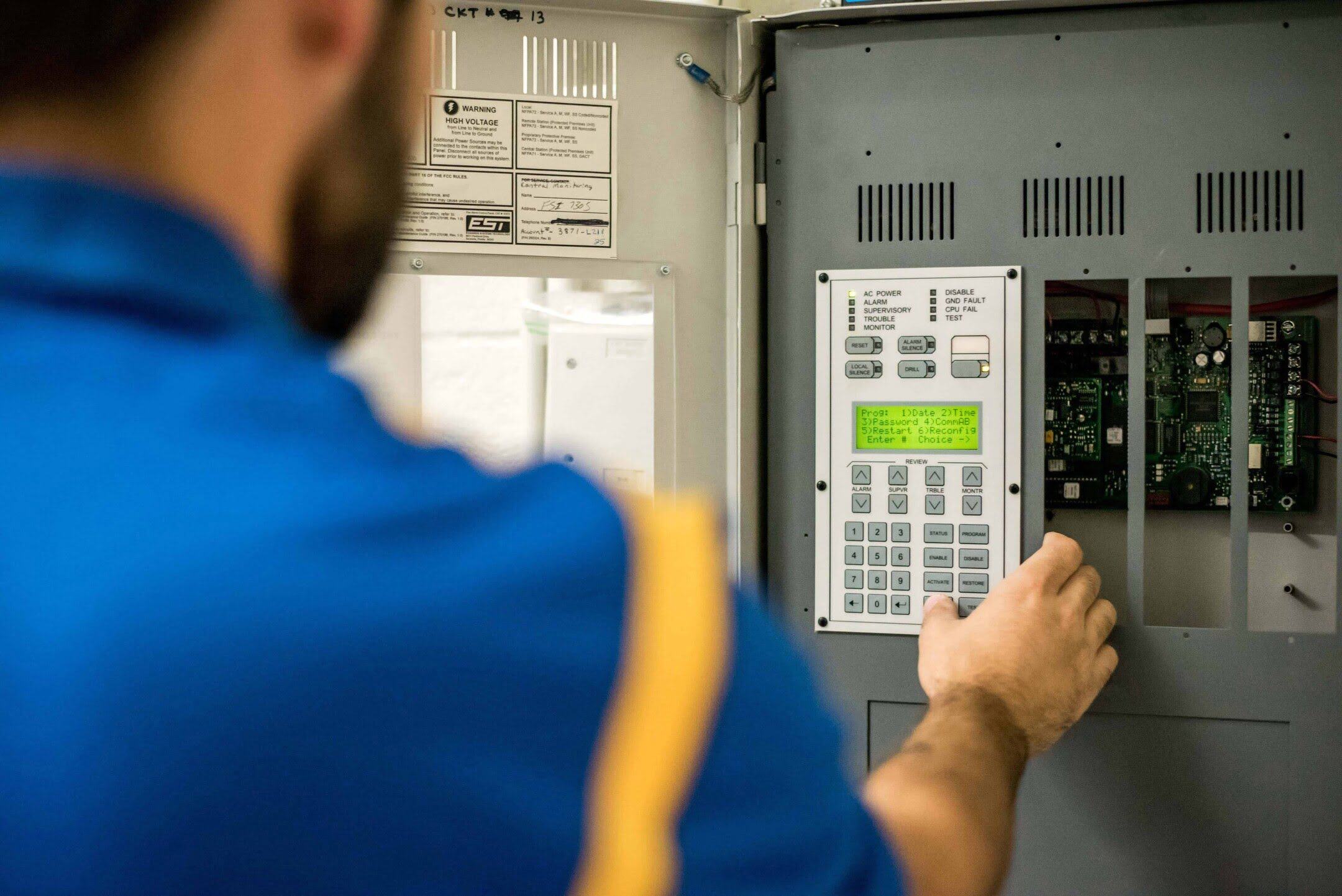Home>Health & Lifestyle>Family & Pet-Friendly Home Design>Why Is A Stable Home Life Important


Family & Pet-Friendly Home Design
Why Is A Stable Home Life Important
Published: December 22, 2023
Discover the significance of a family and pet-friendly home design and its impact on creating a stable and nurturing environment for your loved ones. Explore the key elements and benefits of a harmonious living space.
(Many of the links in this article redirect to a specific reviewed product. Your purchase of these products through affiliate links helps to generate commission for Storables.com, at no extra cost. Learn more)
Introduction
Creating a stable and nurturing home environment is essential for the well-being of every family member, including our beloved pets. A harmonious home life provides a foundation for growth, development, and happiness. In this article, we will explore the profound impact of a stable home life on children, the influence on mental health, the importance for academic success, and the role in building relationships. By understanding the significance of a stable home life, we can cultivate an environment that fosters love, support, and growth for all members of the family, including our furry friends.
Key Takeaways:
- A stable home life helps kids feel safe, confident, and ready to succeed in school and relationships. It’s like a cozy nest where everyone can grow and be happy.
- A stable home brings emotional support, routine, and love, which helps everyone, including pets, feel secure and resilient. It’s like a warm hug that lasts a lifetime.
The Impact of a Stable Home Life on Children
A stable home life plays a pivotal role in shaping the lives of children, providing them with a sense of security, stability, and belonging. When children grow up in a nurturing and stable environment, they are more likely to develop a strong sense of self-worth and confidence. This, in turn, allows them to navigate the world with resilience and optimism, laying the foundation for their emotional and psychological well-being.
Furthermore, a stable home life cultivates an atmosphere of trust and open communication, enabling children to express their thoughts, feelings, and concerns without fear of judgment. This fosters healthy emotional development and equips children with the skills to form meaningful relationships based on mutual respect and understanding.
Additionally, a stable home life provides children with a consistent routine and structure, which are essential for their overall development. Predictable routines create a sense of stability and security, allowing children to thrive academically, socially, and emotionally. Moreover, a stable home life encourages the development of essential life skills, such as responsibility, empathy, and problem-solving, which are crucial for a child’s growth and future success.
Ultimately, the impact of a stable home life on children is profound, shaping their outlook on the world, their self-perception, and their ability to form healthy relationships. By prioritizing a stable and nurturing home environment, we can lay the groundwork for our children to flourish and lead fulfilling lives.
The Influence of a Stable Home Life on Mental Health
A stable home life has a profound influence on the mental well-being of individuals, creating a supportive and nurturing environment that promotes emotional resilience and psychological health. Within the context of a stable home, children and adults alike are more likely to experience lower levels of stress and anxiety, as the presence of consistent support and understanding fosters a sense of security and stability.
Moreover, the emotional support and stability provided by a nurturing home environment play a crucial role in preventing the onset of mental health challenges. When individuals feel valued, heard, and loved within their home, they are better equipped to cope with life’s challenges, reducing the risk of developing mental health issues such as depression and anxiety.
Furthermore, a stable home life encourages open communication and the expression of emotions, creating a safe space for individuals to share their feelings and seek support when needed. This open dialogue fosters emotional intelligence and resilience, enabling family members to navigate the complexities of life with a greater sense of understanding and empathy.
Additionally, the stability of a loving home environment can serve as a protective factor against the impact of external stressors and adversities. When individuals have a strong support system at home, they are better equipped to face challenges and setbacks, mitigating the negative effects on their mental well-being.
Ultimately, the influence of a stable home life on mental health is profound, shaping the emotional resilience and well-being of all family members, including our cherished pets. By creating a nurturing and supportive home environment, we can promote mental wellness and cultivate a sense of emotional security for everyone within the family unit.
Tip: A stable home life is important because it provides a sense of security, support, and consistency for children and adults. This stability can lead to better mental and emotional well-being, improved academic performance, and stronger family relationships.
The Importance of a Stable Home Life for Academic Success
A stable home life plays a crucial role in fostering an environment that supports academic success and achievement. Within a stable and nurturing home, children are provided with the foundation and resources necessary to thrive academically.
First and foremost, a stable home life cultivates a sense of consistency and routine, which are essential for academic success. When children have a stable home environment, they are more likely to have consistent study habits, regular sleep patterns, and a structured daily routine, all of which contribute to their academic performance.
Furthermore, a stable home life provides children with emotional support and encouragement, which are vital for their academic development. When children feel emotionally secure and supported at home, they are better equipped to handle the challenges of school, approach learning with confidence, and seek help when needed.
Moreover, a stable home life facilitates a positive attitude towards education. When children are raised in a stable and nurturing environment, they are more likely to develop a love for learning, a curiosity about the world, and a positive attitude towards their academic pursuits. This positive mindset, cultivated within the home, greatly contributes to their academic success.
Additionally, a stable home life promotes the value of education and lifelong learning. Within a stable home environment, children are encouraged to prioritize their education, set academic goals, and pursue their passions. This emphasis on the importance of education instills a strong sense of motivation and determination, driving children towards academic excellence.
Ultimately, the importance of a stable home life for academic success cannot be overstated. By providing children with a stable and nurturing home environment, we set the stage for their academic achievement, empowering them to reach their full potential and excel in their educational pursuits.
The Role of a Stable Home Life in Building Relationships
A stable home life serves as the cornerstone for building strong, healthy, and meaningful relationships. Within a stable and nurturing home environment, individuals learn essential interpersonal skills, develop a deep understanding of empathy and compassion, and form lasting connections that extend beyond the family unit.
First and foremost, a stable home life provides a model for healthy relationships. When children witness and experience positive interactions, effective communication, and mutual respect within their home, they internalize these dynamics and carry them into their interactions outside the family. This serves as a powerful foundation for building healthy relationships in all areas of life.
Furthermore, a stable home life fosters open communication and conflict resolution skills. When family members are encouraged to express their thoughts and feelings in a safe and supportive environment, they develop the ability to communicate effectively and resolve conflicts constructively. These skills are invaluable in building and maintaining healthy relationships throughout life.
Moreover, a stable home life nurtures empathy and understanding. When individuals experience empathy and compassion within their home, they are more likely to extend these qualities to their interactions with others. This fosters deep, meaningful connections based on mutual understanding and support.
Additionally, a stable home life instills the value of trust and reliability in relationships. When individuals experience trust and reliability within their family, they learn the importance of these qualities in building strong, enduring relationships with friends, partners, and colleagues.
Ultimately, the role of a stable home life in building relationships is pivotal. By creating a nurturing and supportive home environment, we equip individuals with the skills, values, and emotional intelligence necessary to form meaningful and enduring connections, enriching their lives and the lives of those around them.
Read more: Why Insulation Is Important
Conclusion
As we’ve explored, a stable home life is the cornerstone of a thriving family unit, encompassing the well-being of every member, including our beloved pets. The impact of a stable home life is far-reaching, influencing children’s development, mental health, academic success, and the ability to form meaningful relationships.
By prioritizing a stable and nurturing home environment, we provide children and family members with a strong foundation for growth, resilience, and happiness. The stability and support offered within the home create a safe haven where individuals can flourish, express themselves, and navigate life’s challenges with confidence and optimism.
Furthermore, a stable home life nurtures essential life skills, emotional intelligence, and a positive mindset, empowering individuals to thrive academically, emotionally, and socially. This, in turn, sets the stage for their future success and well-being, both within the family unit and in their interactions with the broader community.
Ultimately, the significance of a stable home life cannot be overstated. It is within the nurturing embrace of a stable home that children and family members learn, grow, and form the deep connections that enrich their lives. By fostering a stable home life, we create a legacy of love, support, and resilience that extends far beyond the walls of our homes, shaping the world for generations to come.
In essence, a stable home life is the bedrock upon which individuals and families build their lives, fostering a sense of belonging, security, and love that transcends time and space.
Frequently Asked Questions about Why Is A Stable Home Life Important
Was this page helpful?
At Storables.com, we guarantee accurate and reliable information. Our content, validated by Expert Board Contributors, is crafted following stringent Editorial Policies. We're committed to providing you with well-researched, expert-backed insights for all your informational needs.















0 thoughts on “Why Is A Stable Home Life Important”